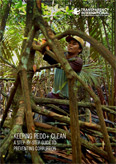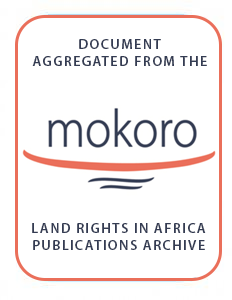Location
About
One global movement sharing one vision: a world in which government, business, civil society and the daily lives of people are free of corruption.
In 1993, a few individuals decided to take a stance against corruption and created Transparency International. Now present in more than 100 countries, the movement works relentlessly to stir the world’s collective conscience and bring about change. Much remains to be done to stop corruption, but much has also been achieved, including:
- the creation of international anti-corruption conventions
- the prosecution of corrupt leaders and seizures of their illicitly gained riches
- national elections won and lost on tackling corruption
- companies held accountable for their behaviour both at home and abroad
Mission
Our Mission is to stop corruption and promote transparency, accountability and integrity at all levels and across all sectors of society.
Vision
Our Vision is a world in which government, politics, business, civil society and the daily lives of people are free of corruption.
Values
- Transparency
- Accountability
- Integrity
- Solidarity
- Courage
- Justice
- Democracy
Programmes
For specific information about TI's work on land corruption, see here.
Resources
Displaying 31 - 35 of 46How To: Contract Monitoring Roadmap
This platform provides an introduction to the concepts surrounding community monitoring, based on the "Contracting Roadmap" developed by the World Bank Institute. It is appropriate for civil society organisations who are exploring whether they can monitor procurements, butit also applies to any entity interested in contract and project monitoring. It explains the different types of monitoring and different approaches, how to access data and general rules in what to do with it afterwards in the analysis.
GLOBAL CORRUPTION BAROMETER 2013
The Global Corruption Barometer 2013 draws on a survey of more than 114,000 respondents in 107 countries. It addresses people’s direct experiences with bribery and details their views on corruption in the main institutions in their countries. It also provides insights into people's willingness to stop corruption. Visit the Barometer web pages.
KEEPING REDD+ CLEAN: A STEP-BY-STEP GUIDE TO PREVENTING CORRUPTION
This manual helps interested parties to understand and address corruption risks associated with forest carbon accounting – particularly REDD+ – programmes and strategies at the national level. Users will learn how to identify corruption risks and instruments to help address these risks within the development of national Reducing Emissions from Deforestation and Forest Degradation (REDD+) action plans and strategies, and the implementation of REDD+ and other forest carbon projects. The manual’s scope does not extend to corruption risks at the international level.
Corruption in the Land Sector
Unprecedented pressures on land and its governance have been created. Covers land, governance and corruption: the linkages; evidence and consequences – administrative and political corruption; actors and forms of corruption; measures and responses; data analysis.
REAL LIVES, TRUE STORIES
When we talk about corruption in terms of statistics, it’s easy to forget the human cost of abused power. Behind every fact or figure are real people, forced to live without the services, opportunities and rights they deserve. All too often, these stories remain hidden – silenced through threats and intimidation, or drowned out by louder, more powerful voices. But with the right help, people can and do speak out. From rural villages to global cities, we are working around the world to help people break the silence and stand up against corruption.






